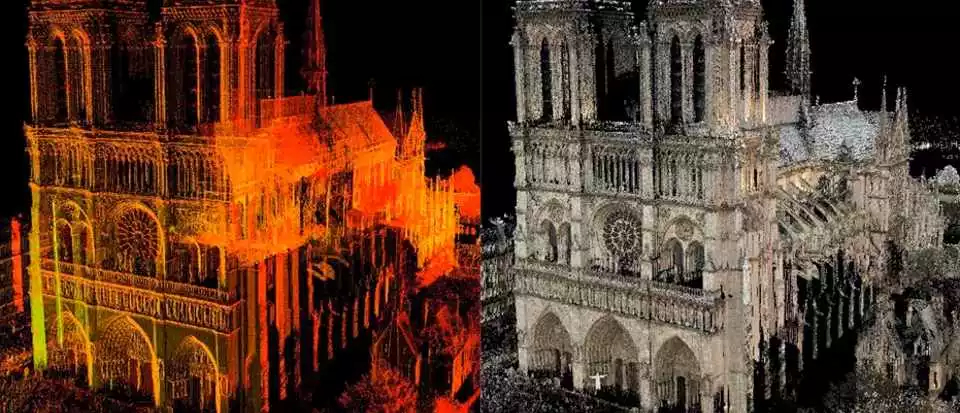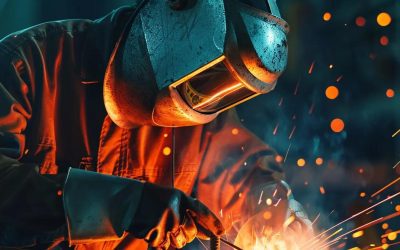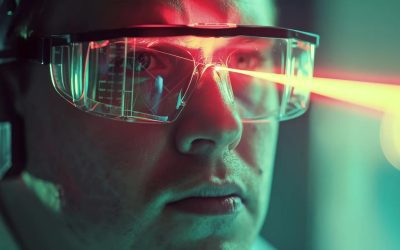Using Lasers for Notre Dame Cathedral Cleaning and Restoration after Fire
The April 2019 fire to the Notre Dame cathedral in Paris France destroyed the fabled spire along with most of the building’s wood latticework and metal clad roof. Restoration will be ongoing for years but did you know more than one laser based application being considered to help restore the cathedral?
Fire and Impact
The devastating fire started in the cathedral attic beneath the roof and is believed to be an accident during restoration work, likely from a cigarette or a short circuit in the electrical system. There was extensive damage from the spire and two-thirds of the roof collapsing along with accompanying smoke and water damage from extinguishing the blaze. More significant damage to the interior was prevented by its stone vaulted ceiling, which partially contained the burning roof as it collapsed.
More than 400 fire fighters battled the blaze, mainly from within the structure to minimize the weight of water on the remaining structure and impact to the cathedral and its contents. The fire was contained after nearly 4 hours. The wooden belfries in the bell towers were saved with most of the damage contained to the roof and spire collapsing onto the remaining structure. The cathedral’s Grand Organ—the largest in France– was miraculously saved but will require pain-staking disassembly and cleaning pipe-by-pipe to remove toxic lead dust from the roof. The roof had been covered with over 400 metric tons of lead and its melting was a contamination concern not just for the remaining cathedral structure and contents but also to the surrounding neighborhoods.
Restoration
French officials are evaluating cleaning the inside surfaces of the cathedral with one of the newest technologies in art restoration: lasers. Chicago-based art restoration expert Bartosz Dajnowski invented the technique, which his company, GC Laser Systems, began testing inside Notre Dame last year.
This phase of restoration uses lasers in an innovative cleaning process to remove the layers of fire and smoke damage. The technique uses light to weed out contamination without chemicals or mechanical abrasion, he says. Dajnowski’s lasers have cleaned the facade of the U.S. Supreme Court building and the lions in front of the New York Public Library.
“What we do is we calibrate our laser technology to excite the layer of contamination with laser pulses,” he says. “And when that contamination gets hit by a laser pulse, the molecules get so excited by the energy that they absorb, they literally shake themselves apart and just vaporize off the surface.”
A fume capture system catches everything that comes off, but more importantly, the tools can be carefully calibrated to pinpoint what exactly is removed. The technique is able to leave behind some of the grime from candle soot, for example, so that the restored cathedral doesn’t look brand new.
“Every material absorbs light differently based on its color and based on its composition. And what we do is we calibrate the parameters of a laser light to excite one material but not another based on how it absorbs infrared,” said Dajnowski.
The following video demonstrates the GC Laser Systems technique and introduces how laser ablation is used in the restoration: https://www.youtube.com/watch?v=IPsuWGxg7VI
Explainer with an overview of laser ablation: https://en.wikipedia.org/wiki/Laser_ablation
Architectural Reconstruction
In addition, there were multiple laser surveys of Notre Dame that were made in recent years that can be used to confirm specific dimensions and locations of destroyed architectural details. There is an on-going debate in France to define exactly what structural features will be exactly restored as they were versus others that will be updated to modern standards.
Professor Andrew Tallon survey
In 2014, the late Vassar College Professor Andrew Tallon utilized 3D laser scanners to create a digital model of the cathedral from which the first set of accurate architectural drawings were created. The professor of art studied Gothic architecture and wanted to understand how medieval builders constructed some of Europe’s greatest cathedrals. Knowing that the Notre Dame Cathedral would need repairs and restoration in the future, he scanned it creating a 3D spatial map consisting of more than a billion laser measured points.
With the Notre Dame Cathedral going through repeated modifications for over seven centuries, any architectural plans of the building were non-existent, but with the help of Professor Tallon’s 3D scans, it will make the restoration process easier and more accurate.
The following video describes Professor Tallon applying this same process to the National Cathedral in Washington, DC in 2015: https://www.youtube.com/watch?v=jAi29udFMKw&t=1s
The related National Geographic article describing both surveys is here: https://www.nationalgeographic.com/adventure/article/150622-andrew-tallon-notre-dame-cathedral-laser-scan-art-history-medieval-gothic
UbiSoft Assassin’s Creed Unity model
Another source could come from French video game company UbiSoft. Models of the cathedral were collected for the creation of the best-selling “Assassin’s Creed: Unity,” where the hero/player can climb both the outside and inside of the massive edifice. UbiSoft artists pored over photos to get the architecture just right and worked with texture artists to make sure that each brick was as it should be.
In the case of the Notre Dame, easily the biggest structure in the game, it also meant recreating a version of the cathedral that didn’t actually exist at the time. Some details were smoothed or extended to make the game experience more exciting. Early reports indicated the raw data used to create this approach could be available, but it was later agreed it was not the fully detailed 3D model needed to support restoration.
Here is video showing the level of detail that was captured by UbiSoft: https://www.youtube.com/watch?v=MquyxyBqZXE&t=6s
On another vein, new from UbiSoft is an immersive VR game related to firefighting of the Norte Dame blaze: https://www.ign.com/articles/ubisoft-developing-a-firefighting-game-about-the-notre-dame-blaze
Professor Stephan Albrecht survey
Art historian Professor Dr. Stephan Albrecht and his German team had been scanning the transept and making their own 3D models during a project from 2015 to 2018. Their team studied the cathedral transept inside and out, as well as making detailed color analyses of the north and south portals.
Innovation Origins story on the Albrecht team: https://innovationorigins.com/en/reconstructing-notre-dame-with-the-help-of-3d-data-from-germany/
Both Tallon’s and Albrecht’s data is being used in the reconstruction, and the cathedral is still being scanned and photographed to this very day. Laser surveying and measurement are being used to accurately measure and validate the reconstruction as it continues.
Other References
Detailed views of the cathedral destruction: https://www.nbcnews.com/news/world/notre-dame-fire-what-was-damaged-n995371
Comparison of before and after the fire: https://www.insider.com/graphic-what-was-destroyed-and-remains-after-the-notre-dame-cathedral-fire-2019-4
Laser ablation and drilling (detailed lecture): https://www.youtube.com/watch?v=ZHnm7t1NZPg
Copyright and other issues with the UbiSoft models: https://www.polygon.com/features/22790314/assassins-creed-unity-notre-dame-restoration-accuracy




